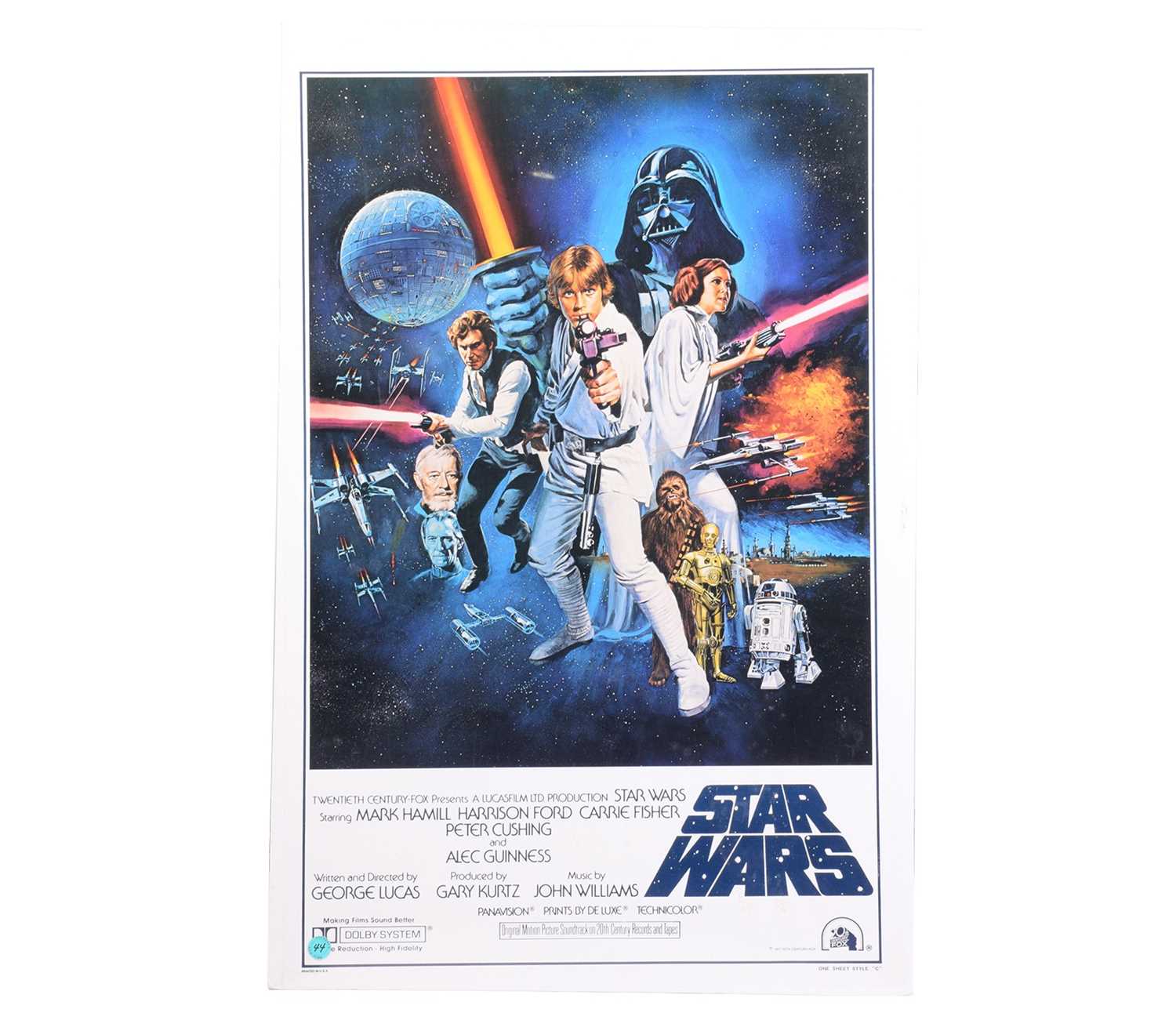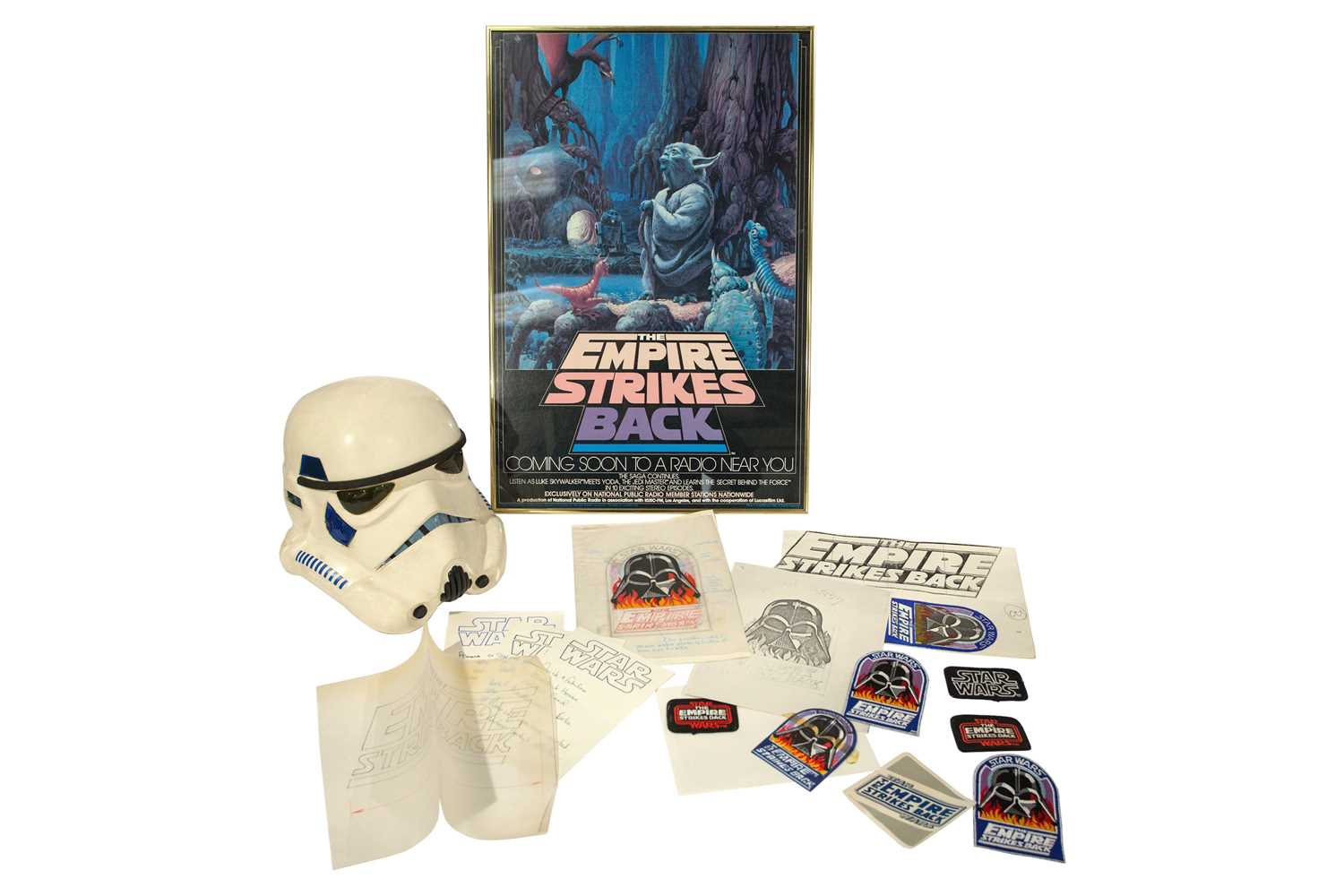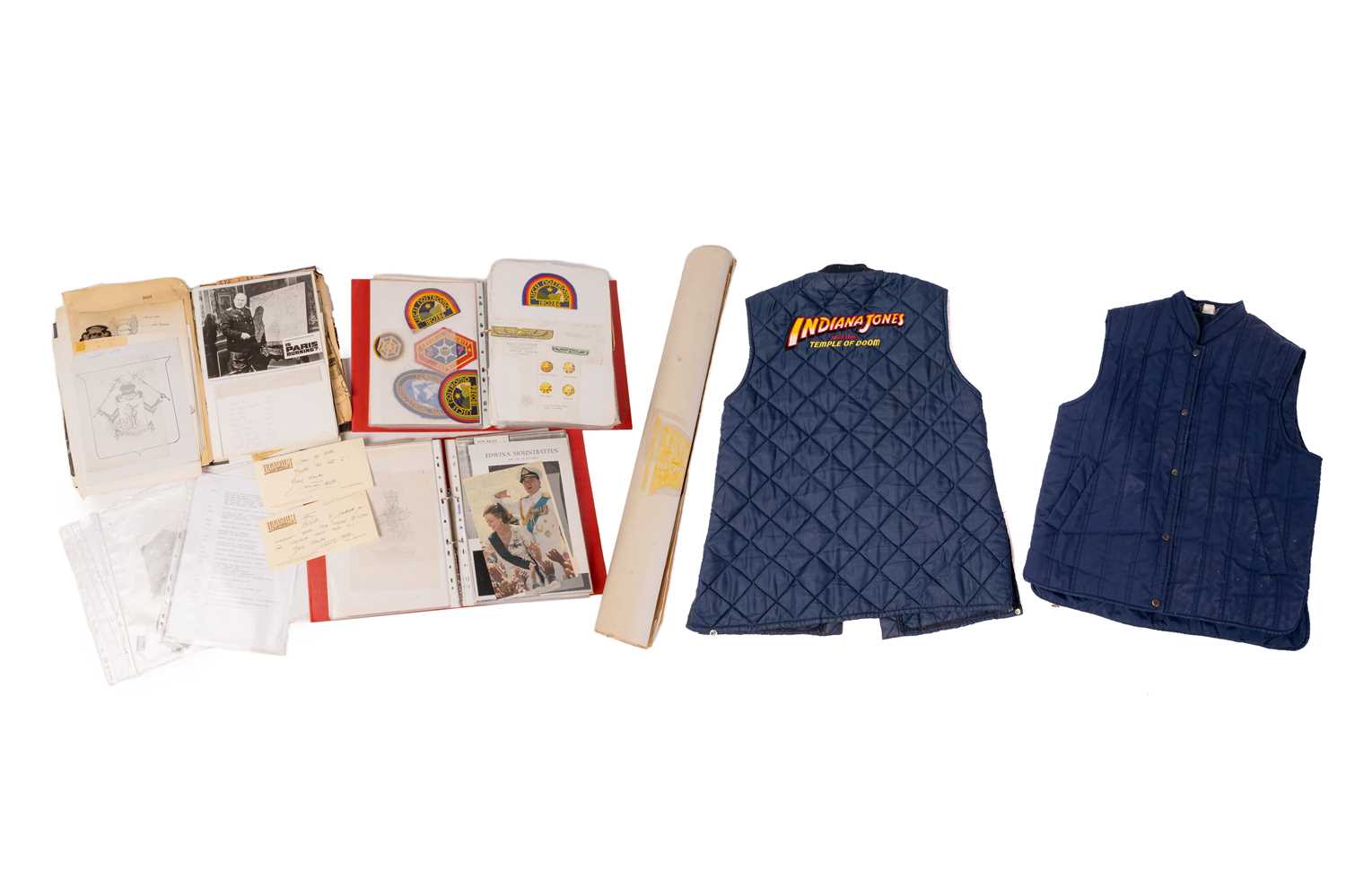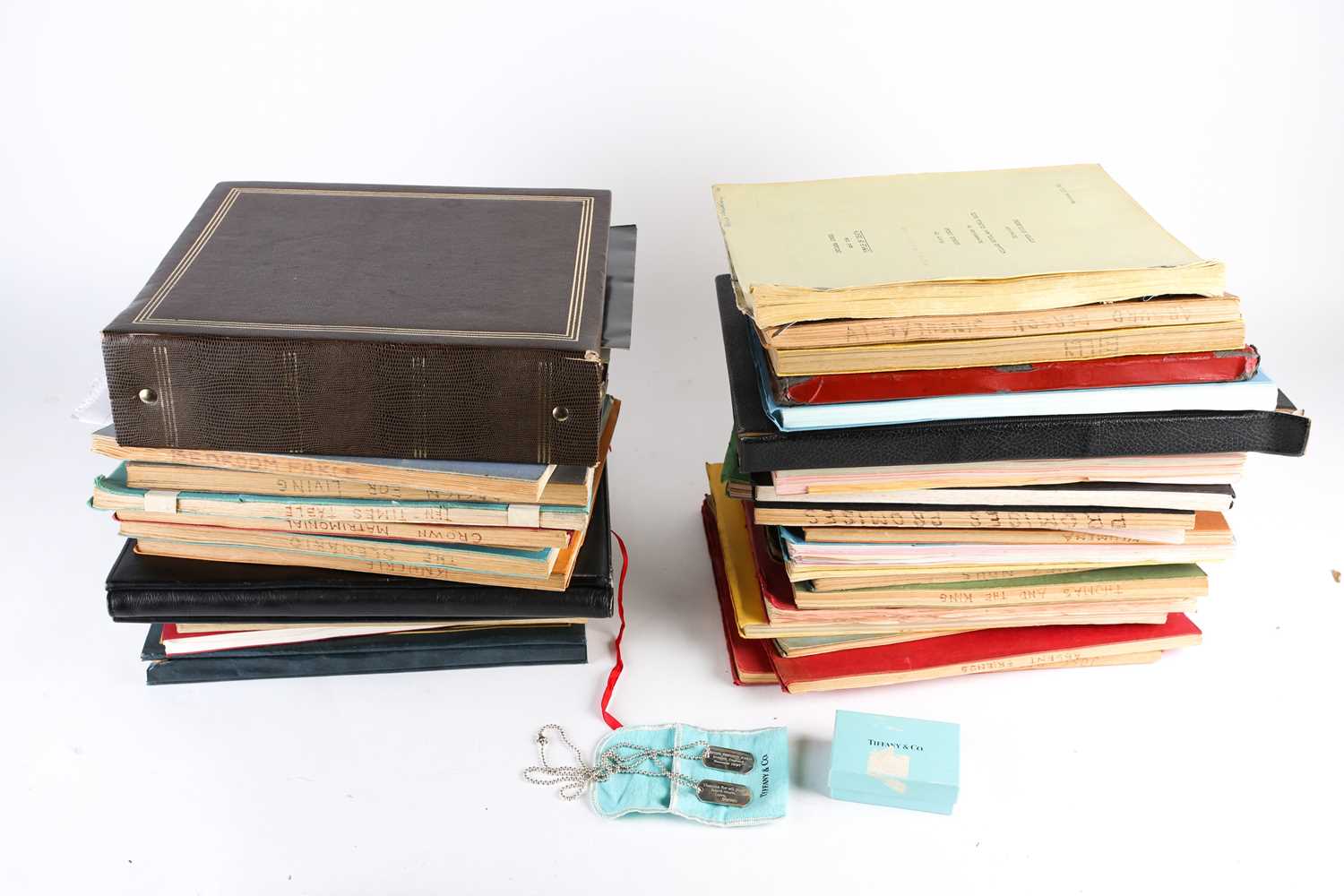How Do You Authenticate Movie Memorabilia?
It is more important than ever to make sure you do your research
19/02/2024
As with many forms of sought after collectibles, the prominence and value of movie memorabilia has shot up over the past few years. What was once a space for only the die-hard fans of cinema is now one that is opening up to all kinds of different audiences. However, with the space now being populated by a growing number of potential buyers and sellers, it is more important than ever to make sure you do your research when it comes to authenticating your memorabilia.
 Star Wars (1977), a US One Sheet film poster
Star Wars (1977), a US One Sheet film poster
What is movie memorabilia?
Movie memorabilia, in layman’s terms, is any object that is considered valuable due to its connection to cinema. This can include posters, objects signed by cast members, scripts, bits of advertising, props, costumes, etc. In years gone by, it was not uncommon for movie studios to throw away or even burn costumes and props, but a landmark moment for the movie memorabilia space was in 1970, when Metro-Goldwyn-Mayer (MGM) hosted a sale of over 350,000 costumes, which included a pair of the iconic ruby slippers from The Wizard of Oz (which alone sold for a then-unheard of $15,000). These slippers are now on display at the Smithsonian Institution, at the National Museum of American History, where apparently, the carpet in front of the viewing display must be changed regularly due to their enormous popularity.
 Star Wars: a rare collection of original period memorabilia
Star Wars: a rare collection of original period memorabilia
Where to start with authentication
Depending on the popularity on the piece of memorabilia – and the production that it is from – there are a few things to take into consideration. It is possible that memorabilia can have a certificate of authentication (COA), which ‘proves’ that the item is in fact genuine and authentic. It is sometimes possible to find the name of the individual or company that are responsible for providing props and costumes for a production (a good place to find this might be the credits, or websites like IMDb). If the certificate is signed or distributed by individuals or companies that you can track directly to the production itself, chances are your COA is legitimate, and thus your item is authentic. But whilst COAs are a great place to start, these themselves must also be treated with caution, as theoretically a COA can be printed by anyone. Make sure to be very careful about exactly who is certifying the item’s authenticity.
Finding out the history of your memorabilia
If possible, finding out the history of your piece of memorabilia is another great way to work out if it is authentic or not. Depending on what you are buying (and where you are buying it from), this can vary in difficulty, but if you can plot a feasible course from the production to where it is you are buying it from, that bodes well in terms of authenticating the item.
A large and varied archive of film and television interest
Compare your item to the source material
When buying an item that was used on-screen, such as a prop or costume, then try to find as many original photos from production as you can. Ideally, try and find any imperfections in the item that would be difficult to re-create – does your item share these imperfections? It is also worth noting here that in many productions, movie studios will use more than one item as a prop, with some being for close-up shots where you will not see the whole item, and others being for shots that don’t show the item as clearly. So, if your item doesn’t match that of a close-up shot exactly, but there is a COA and the history of how the item has found its way to you makes sense, it is still possible that your item is authentic.
A collection of film and stage scripts
Watch out for fakes
With the market for movie memorabilia going up, so to, unfortunately, has the number of fake items trying to be passed off as originals. Inauthentic items can sometimes be excellent quality, so don’t let this fool you. Think about the production that your item is from. If it is a hugely popular property, such as Star Wars, then there will likely be dozens, if not hundreds of fakes, for the item that you are interested in buying. However, if it is from a smaller production, perhaps something outside of Hollywood, then there is a higher chance that the item is authentic, as the market will be significantly smaller. Also think about how much the seller is looking for you to pay – if they are selling an authentic prop whip that was used on Raiders of the Lost Ark, chances are that you won’t be paying $100 for it. Also look into their sale history if you can – if there are similar or identical items, all selling for the same fee, then you can pretty much guarantee that the item is a fake.
If you still aren’t sure about an item and cannot guarantee its history or likeness to the source material, it could be worth looking at online forums. Reddit and Facebook groups often contain decent (and free) advice, and a second opinion from someone can sometimes help you to stop looking past an item’s imperfections just because you are desperate to own it. ‘Movie Props’ on Facebook has over 49,000 members – but remember to be careful when taking advice from social media sites.
Buy from a reputable source
The best way to defend yourself against buying fake pieces of movie memorabilia is to buy from a reputable source. With the increase of fakes, the risk of being scammed and spending serious money on something that is ultimately worthless is significant, so nine times out of ten it just simply isn’t worth the risk. At Dawsons, we are experts at valuing, and selling movie memorabilia, and can verify the authenticity of items that we sell, so you can rest assured that your money is being spent on the real thing.
read more
Where to Sell Film Memorabilia
How Do I Know if my Film Poster is Valuable?
Are you considering selling any movie memorabilia?
With a global audience of millions, Dawsons can achieve the best prices for you.
Please get in touch with an expert today, we would be delighted to provide sales advice.

